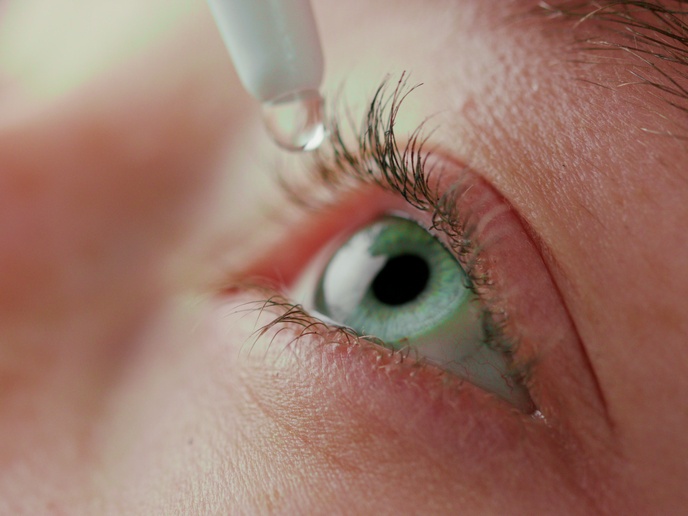Rational design of biologically active compounds
The main goal of the EU-funded Marie Curie international re-integration project BIOACTIVECPDS (Biologically active organic compounds interacting with adenine-binding proteins) was to establish a productive research team of experts for the synthesis of biologically active compounds. In parallel, the necessary synthetic laboratory with researchers able to quality screen the new compounds has been created. A pharmacophore is the sum of steric and electronic features necessary for optimal molecular interactions with a specific biological target to trigger biological response. A pharmacophore model explains how structurally diverse ligands can bind to a common receptor site. By virtual design and screening of the ligands, pharmacophore models help to identify the novel ligands that will bind to the target of interest. Researchers have used several pharmacophores that could potentially be suitable replacements for the pyrazolo[1,5-a]pyrimidine motif, a molecular structure with specific biological activity. This motif was previously used in potent and specific inhibitors of several protein kinases. Some analogues turned out to be inactive but those with substituted furo[3,2-b]pyridines are inhibitors suitable for further investigation. Subsequently, the new methodology has been developed to elaborate the 3, 5, 6 and 7 position of the central pharmacophore. Researchers also developed a new annulation for the construction of the furo[3,2-b]pyridine scaffold. This work led to the identification of potent inhibitors of some kinases, which are new targets in oncology and neurodegenerative diseases. Two patent applications that cover this class of compounds were filed by researchers for the proprietary compounds with specific biological activity. Overall, a productive laboratory has been established to perform the design and synthesis of novel biologically active compounds. Furthermore, researchers developed fruitful collaborations with research biology groups within the university as well as abroad.







